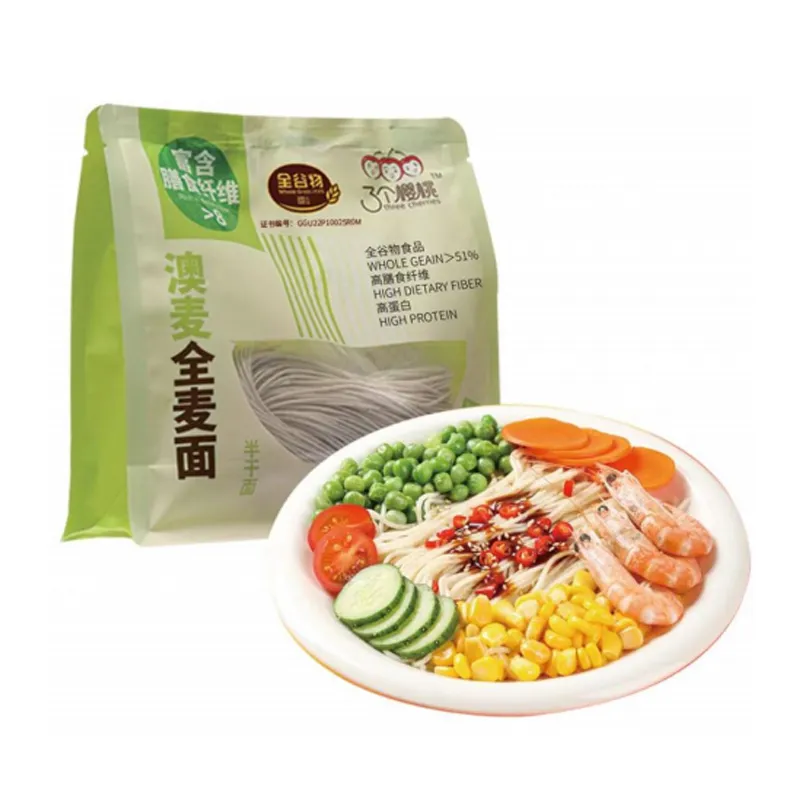Delicious Ramen Bowls with Perfectly Soft-Boiled Eggs and Flavorful Noodles
The Art of Ramen Perfecting the Ramen Egg Noodle Experience
Ramen, a dish that originated in Japan, has undergone a fascinating evolution, transforming from a humble street food into a culinary art form appreciated worldwide. Among its many components, the ramen egg—also known as ajitsuke tamago—is often regarded as one of the highlights of a perfect bowl of ramen. The marriage of the soft-boiled egg with flavorful noodles creates an unforgettable dining experience that captivates both novices and connoisseurs alike.
To embark on this culinary journey, one must first understand the essence of ramen noodles themselves. Ramen consists of wheat noodles, traditionally made with wheat flour, water, salt, and a unique alkaline mineral water known as “kansui.” This ingredient gives the noodles their characteristic chewiness and yellow hue. The noodles can vary in thickness and texture, ranging from thin and straight to thick and curly, each type complementing different styles of broth—from the rich and creamy tonkotsu to the light and refreshing shoyu.
The Art of Ramen Perfecting the Ramen Egg Noodle Experience
Next, let’s delve into the star of the dish—the ramen egg. To prepare this delicately flavored soft-boiled egg, one must start with high-quality, fresh eggs. The cooking process is meticulous eggs are gently boiled for precisely six to seven minutes, depending on their size and the desired consistency of the yolk. Following the boil, the eggs are promptly plunged into an ice bath, halting the cooking process. This step is crucial for achieving the desired creamy, jammy yolk.
ramen egg noodles

Once cooled, the eggs are peeled and marinated in a mixture of soy sauce, mirin, and an optional dash of sake for depth of flavor. The marinating time varies from 30 minutes to several hours; longer marinating yields a more pronounced flavor infusion. The result is a perfectly cooked egg with a complex umami flavor, adding richness and depth to the ramen bowl.
Combining the noodles and the ramen egg brings the dish to life. The noodles, gently submerged in the broth, soak up flavors, while the egg, sliced in half, rests atop or beside the heap of noodles. When the soft yolk meets the steaming broth, it creates a velvety texture, enhancing each sip and bite. It is the interplay between these elements that truly showcases the artistry of ramen.
Garnishing is the final touch to this masterpiece. Scallions, nori (seaweed), menma (bamboo shoots), and slices of tender chashu (braised pork belly) may adorn the bowl, each ingredient adding its own unique flavor profile. The visual appeal of the dish, with its vibrant colors and varied textures, invites anticipation and excitement, promising a delicious meal.
Ramen culture has expanded far beyond Japan, inspiring chefs and home cooks around the globe to experiment with their interpretations. Creative adaptations abound, from vegetarian ramen using broths derived from mushrooms or miso to inventive toppings like avocado or tofu. However, the traditional ramen egg remains a beloved staple, cherished for its simplicity and the elegance it brings to the dish.
In conclusion, the world of ramen is a rich tapestry woven with flavors, textures, and artistry. The ramen egg noodle experience embodies the perfect union of skill and creativity—a testament to culinary craftsmanship. From selecting the right ingredients to mastering the cooking techniques, each step contributes to the overall narrative of a ramen bowl. So, whether you find yourself slurping down noodles in a cozy ramen shop or attempting to recreate this dish in your kitchen, may every bite bring you closer to the heart of this timeless Japanese treasure.
-
The Wholesome Delight of Organic NoodlesNewsAug.15,2025
-
The Vibrant Delight of Spinach NoodlesNewsAug.15,2025
-
Savor the Spicy Delight of Hot Pot NoodlesNewsAug.15,2025
-
Savor the Chill with Irresistible Cold NoodlesNewsAug.15,2025
-
Indulge in the Authentic Delight of Udon NoodlesNewsAug.15,2025
-
Dive into the Delicious World of Cart NoodlesNewsAug.15,2025
-
Unlock the Delicious Potential of Yam NoodlesNewsAug.11,2025
Browse qua the following product new the we







